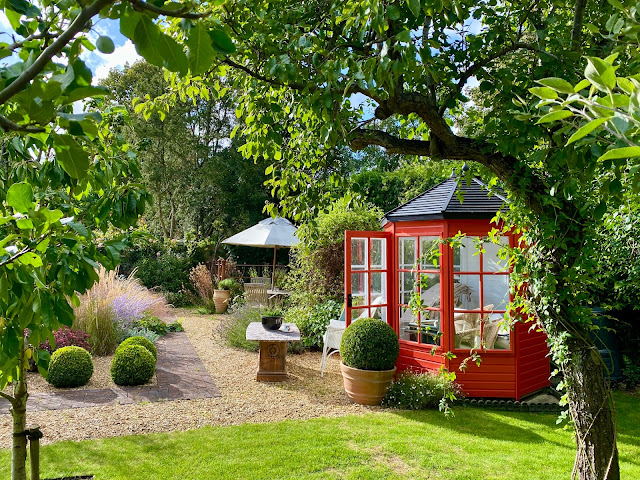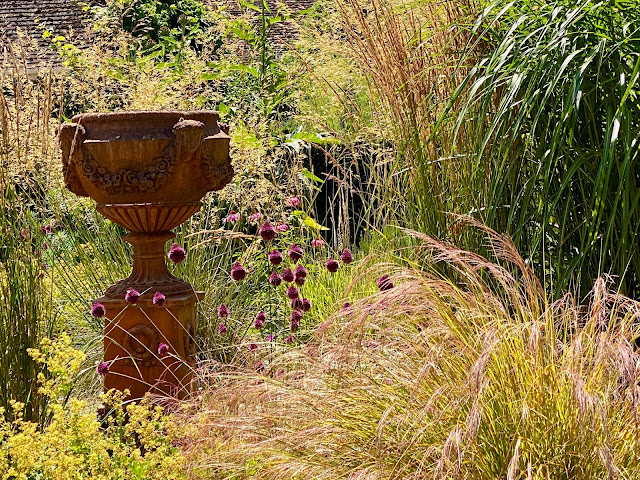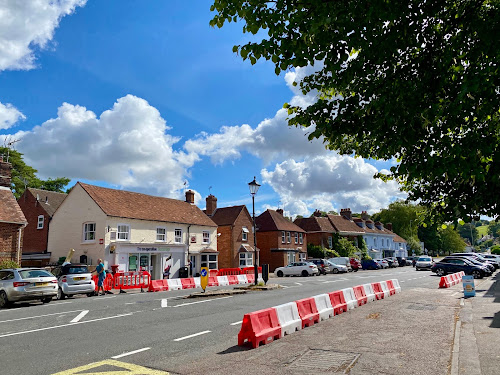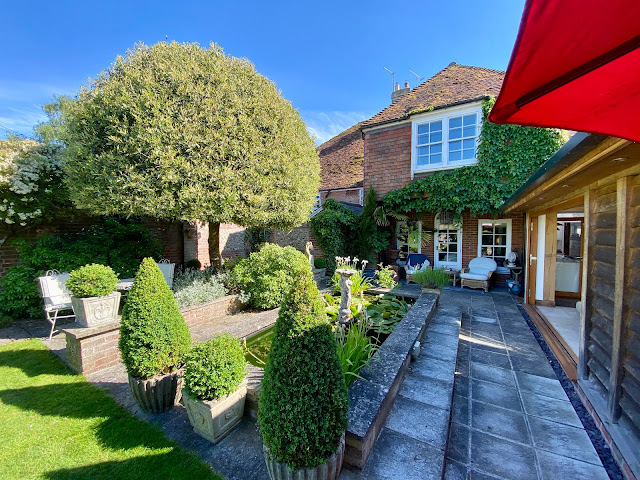A selection of writings, speeches, photographs and events as well as some of my favourite literary passages.
Saturday, 22 August 2020
Old Swan House Garden in August 2020
Saturday, 15 August 2020
On Society in an Age of Populism - Edmund Burke
At the core of Burke’s view of the revolution is a profound understanding of how easily things can be shattered in the name of moral betterment, national purification and radical political transformation. States, societies and personal consciences are not Lego-block constructions to be disassembled and reassembled with ease. They are more like tapestries, passed from one generation to the next, to be carefully mended at one edge, gracefully enlarged on the other and otherwise handled with caution lest a single pulled thread unravel the entire pattern. “The nature of man is intricate; the objects of society are of the greatest possible complexity,” Burke wrote. “And therefore no simple disposition or direction of power can be suitable either to man’s nature, or to the quality of his affairs.
Burke’s objection to the French revolutionaries is that they paid so little attention to this complexity: They were men of theory, not experience. Men of experience tend to be cautious about gambling what they have painstakingly gained. Men of theory tend to be reckless with what they’ve inherited but never earned. “They have wrought underground a mine that will blow up, at one grand explosion, all examples of antiquity, all precedents, charters, and acts of parliament. They have ‘the rights of men.’ Against these there can be no prescriptions.”
“The law touches us but here and there, and now and then. Manners are what vex or soothe, corrupt or purify, exalt or debase, barbarize or refine us …. They give their whole form and color to our lives. According to their quality, they aid morals, they supply them, or they totally destroy them.”
Burke’s understanding of the centrality of manners to norms, of norms to morals, of morals to culture and of culture to the health of the political order means that he would have been unimpressed by claims that Trump had scored policy “wins,” like appointing conservative judges or cutting the corporate tax rate. Those would have been baubles floating in befouled waters.
Trump’s real legacy, in Burke’s eyes, would be his relentless debasement of political culture: of personal propriety; of respect for institutions; of care for tradition; of trust between citizens and civil authority; of a society that believes — and has reason to believe — in its own essential decency. “To make us love our country,” he wrote, “ our country ought to be lovely.”
Then again, Burke would have been no less withering in his views of the far left. “You began ill,” he said of the French revolutionaries, “because you began by despising everything that belonged to you.”
For Burke, the materials of successful social change had to be found in what the country already provided — historically, culturally, institutionally — not in what it lacked. Britain became the most liberal society of its day, Burke argued, because it held fast to what he called “our ancient, indisputable laws and liberties,” handed down “as an inheritance from our forefathers.” Inheritance, he added, “furnishes a sure principle of transmission; without at all excluding a principle of improvement.”
Thursday, 16 July 2020
Stockbridge in the Age of the Coronavirus - July 2020
The town responded to the Lockdown magnificently. A plan called 'Help for Stockbridge', written by Roger Tym and David Roberts, divided Stockbridge up into 12 sections while Chantal Halle recruited volunteers who were then assigned to each section*, Particularly vulnerable people were identified and leaflets distributed offering help, with a named 'buddy's' email and telephone number and list of what could be given. Listed services provided were shopping, prescription pick-up and drop off, posting letters and friendly chats to help with people feeling too isolated and alone. Counselling services from Ali Deveral were also offered for those who were struggling with Lockdown, together with medical assistance in case of emergencies from Emma Montgomery, a nurse.
 |
| Chantal Halle |
As the group developed, they were offered the use of the kitchens at Stockbridge Primary School by Emma Jefferies, the head, and free lunches were cooked by the school chef, Shawn, and delivered to vulnerable residents as requested until the children started to return at the beginning of June.
 |
| Emma Jefferies and Shaun |
Thereafter, some of the traders stepped in and Prego, Thyme & Tides and Robinson's donated lunches at a very low price (£2.50 per lunch for Thyme & Tides and Prego and cost price from Robinson's for their fresh-frozen meals). Vishnu at the Co-Op also offered free baked goods when he had deliveries available. Chantal Halle prepared Robinson's meals with some vegetables and the buddies picked them up and distributed them. On Mondays and Fridays, various volunteers cooked, and again the buddies picked up from their houses and distributed them. There was no charge for the lunches, but donations were welcomed and given. Thanks are also due to Cllr. Andrew Gibson of HCC and Imogen Colley and David Gleave of TVBC for grants.
And some of us were lucky enough to be on Liz Cox's list for her delicious lemon drizzle cakes that she would normally have sold in the Community Market (which has fortunately now re-opened).
 |
| Iain hemmings and Ollie at Thyme & Tides |
 |
| Mandy at Prego |
 |
| John Robinson's |
 |
| Vishnu at the Co-Op |
There have been no deaths in Stockbridge from the virus, although some have fallen ill and and strictly isolated themselves, before recovering.
Stockbridge was strangely quiet throughout Lockdown, and even now has not recovered to its usual busy state. The government guidelines have become beset by mixed messages so that people aren't really sure what they can and can't do, but the wearing masks has become mandatory and the shops have been assiduous in making themselves as secure as they can, with one-way systems and hand sanitizers and in the case of Beccy's the greengrocer, allowing ordering only from outside the shop.
 |
| Beccy's |
























































